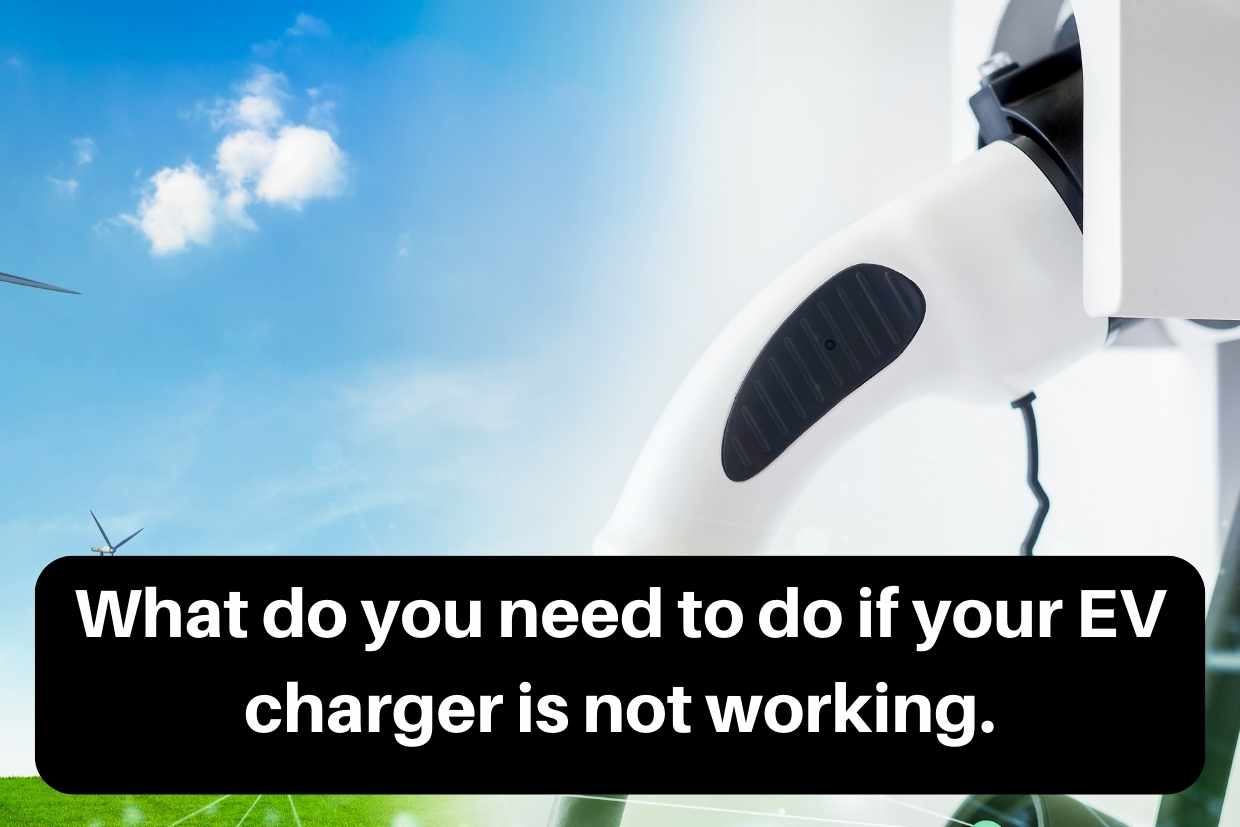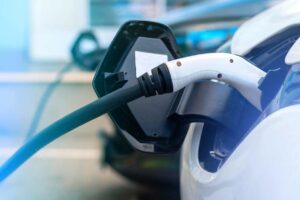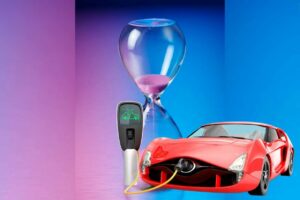Currently, electric vehicles are more affordable; nonetheless, the most significant challenge that comes up with such automobiles is charging them. These EVs can go anywhere from 100 to 310 miles on a single charge. Hence, it is extremely important to handle the charging concerns, particularly when away from the EV charging station in the home and when travelling frequently or having longer commutes.
In this article, we will discuss why your EV charger might not work and how to fix your EV charger.
Why your car battery may stop charging?
Firstly, let’s discuss why your battery is not charging in the first place. Have you ever been behind the wheel when you received a notification from your automobile stating that the battery was not charging? In such instances, a caution light may be seen. Let’s look at what the battery light indicates, as well as some of the potential issues involved with the light turning on in the first place. Then, let’s discuss what exactly it implies when a battery won’t charge.
The light for the battery indicates that the battery is not being charged as it should be. When you turn the key in the ignition, the battery warning light, which is in the shape of a little battery, will illuminate for a few seconds. However, you face trouble if the light stays bright or illuminates while driving the vehicle.
Corrosion is one of the most common causes for the battery light to turn on and for the car battery to cease charging. It can happen even when your battery is fully charged. Whether the rust is on the cable terminals or the battery cables makes no difference. No matter what, you should find a quick solution to fix this issue.
One of the most prevalent concerns about electric cars is that they appear to be charging slower than drivers initially believed they would. Fortunately, there are a few straightforward solutions to this problem, which can be used to diagnose it and guarantee that the electric vehicle charger is working at its utmost capacity.
Here, we have compiled a list of the most common reasons cars cannot charge, even though a malfunction may have occurred.
Both ends of the cable are only partially plugged into their respective sockets.
If you want to be sure that the EV charger connection is complete, try disconnecting the cable and then plug it back in with as much force as you can. Please note that the first few sockets could be challenging to move in.
In-car delay timer.
It is possible that charging will not take place in a customer’s vehicle with a predetermined timetable. In such cases, you should inquire with the client to see whether or not they have designated a wait time in the vehicle.
Smart charging is activated.
The majority of the time, a particular time for charging is established using an app. It can cause the scheduling of charging to be delayed until a later time. Tap the “Boost” button within the app if you need to start charging immediately since this will priorities the charging process. To turn off smart charging, go to the settings page and then hit the “Save” button.
If you are facing the above issues, you can try the below steps and proceed in the troubleshooting process.
- Check that the EV charger connector has been wired appropriately and the wiring has been properly connected. Wires can become disconnected while being transported if the front of the unit is not adequately supported with a crocodile clip when the device is being attached.
- Check to see if the grounding of the charging point has been done correctly and following the installation instructions.
- In the case of devices with sockets, use a reliable charge checker to validate the appliance and ensure that the cable is in working order.
- Check to see that the settings on the vehicle are not preventing or slowing the charging process.
If neither of these solutions is successful, the EV charger charging connector or cable may be the source of the issue.
What are the most common EV charger issues, and how can we fix them?
There are a few other things that can be done to ensure that the charging process for the electric vehicle goes off with no hassle. Let us tell you what common EV charger issues are and how you can fix those.
First and foremost, ensure that the electric car is unplugged from the wall outlet of the EV charger whenever it is not in use. It will eventually cut down on energy consumption and keep the vehicle from having to remain permanently plugged in, which will help the battery last longer.
Second, before leaving town or operating the electric car for extended periods, check to see that the battery has been fully charged. Because it takes electric cars an average of three hours to charge from a fully depleted battery, drivers must plan and allot sufficient time in their schedules to arrive at their destinations.
Lastly, keep a watch on the plugs and cords used for charging. Immediately replace them if they are worn or broken, as this will prevent them from causing any damage to the internal system of the electric vehicle.
Conclusion
Can we repair an EV charger? Yes, you can.
It is possible to fix an EV charger, provided the interior does not include any potting material. In addition, it is advised that the standard EV charger of a vehicle travelling at a slow pace not be fixed in any way. A modern EV charger is now very affordable, highly efficient, of excellent quality, and saves energy and resources. In addition, it has a higher level of intelligence and does not reduce the cost of repairs.
As an experienced Electrical engineering services provider in Singapore, we want to remind you that proper care and maintenance of EV chargers and electric vehicles is vital.
Apart from the above points that we discussed, it is crucial to select a reliable EV charger installer and take inputs from an experienced EV charger consultant. That is why MNL Asia is here to help you.







